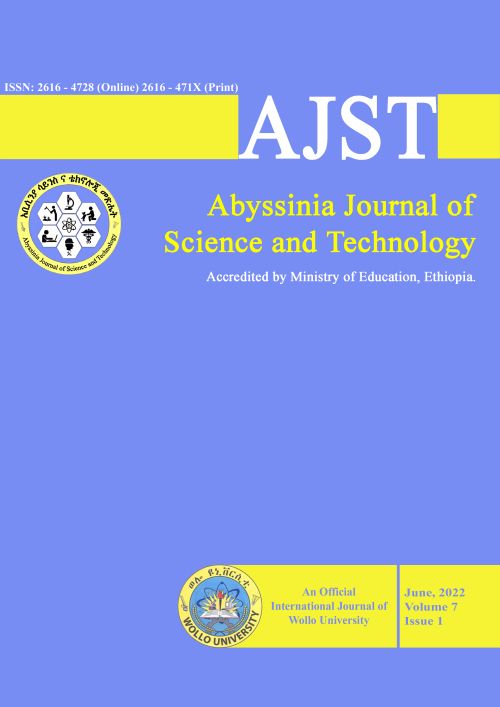Main Article Content
Effects of forest fragmentation on plant diversity and regeneration of woody species in Qenfot dry Afromontane forest, Northeastern Ethiopia
Abstract
Qenfote forest, which encompasses the remnant forest patches in northeastern Ethiopia, is undergoing fragmentation, leading to loss of habitat and then erosion of biodiversity. The theory of island biogeography describes that the number of species in oceanic islands can be affected by island size and isolation. This study intended to estimate the effect of patch size, and distance between patches (isolation) on the diversity and regeneration status of plant species. Stratified and proportional sampling strategies were implemented to collect data from forest patches. Forest patch size was identified by delineating each patch from Google Earth and distances between patches were also measured. Forest patches were grouped into three based on size (small 7 ha-20 ha, medium 20.1 ha-45 ha, and large above 45 ha) and into three isolation (distance apart) categories (nearest 0-4 km, medium 4.01 km-8 km, and far distance 8.01 km-11 km). For each category three replicated patches were selected and then systematic sampling was used to lay the transect lines within each nine sample patches. Vegetation data were collected from a total of 75 plots (20 m × 20 m) from every patch. Results showed that the number of species (species richness) found in small forests, medium forest patches, and large forest patches was 55±6.43, 66.67±7.96, and 77.67±10.42, respectively, while the Shannon diversity found in the small forests was 2.52±0.09, in medium forest patches 2.69±0.07 and in large forest patches 2.78±0.08. Both species diversity and species richness were increased with increasing patch size and decreased as distance increased from largest patch. Thus, we concluded that fragmentation in Qenfote forests affects plant diversity and regeneration status, a finding that supports the demands for forest restoration.







